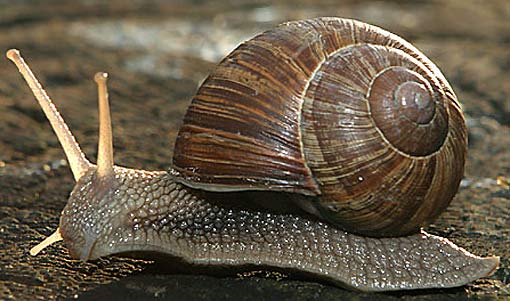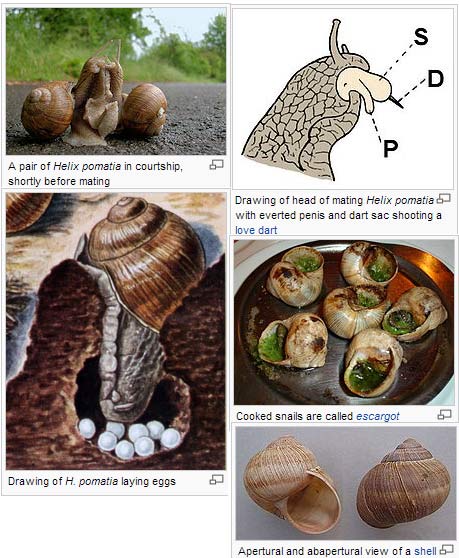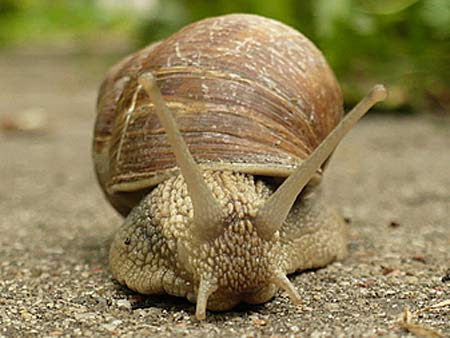Roman Snail – Europe’s Favorite Edible Snail

The Roman snail is also sometimes known as the “edible snail” or more famously by the French moniker, escargot. They are a decent source of protein with little fat but can they taste good?
The scientific binomial name of the species is Helix pomatia and it is a land dwelling mollusk which breathes air and lives among us up here in the grass and dirt. This is an exclusively European species which lives in vast numbers all over Europe as far north as the highest reaches of Scandinavia to the southern islands of Italy and Greece, and all the way east into Russia. The famous shell of the Roman snail is a caramel color, brown to white with a large spherical bulb that “twists” up into a point and is hollowed out for the organism to live in. The width of a common Roman snail’s shell is around 40-50 mm, and the height is comparable in size. These fascinating creatures make their lives in temperate, wet environments from forests to riversides and in gardens of private residences all over the continent. The are very useful in the ecosystem as they help with decomposing plant matter.


Notable facts about the Helix pomatia circle around the reproductive and egg-laying habits of the animal. The courtship and mating rituals of the Roman snail are quite unique and interesting as mollusks go. Two mating snails will rock back on their shells and “stand” up, pressing the underside of their body against their partner in what looks to human eyes strikingly like “kissing” or even a kind of sexy dance. Once fertilized, the female will lay between 40-70 eggs in the summer months by digging out a small burrow and lowering her body into the cavity to drop eggs into the soft dirt below. These eggs are no larger than 7 mm in diameter and will hatch within 4 weeks. Amazingly, though most of these eggs will result in animals with a lifespan of around 10 years, some individual snails have been observed with life spans exceeding 35 years!

